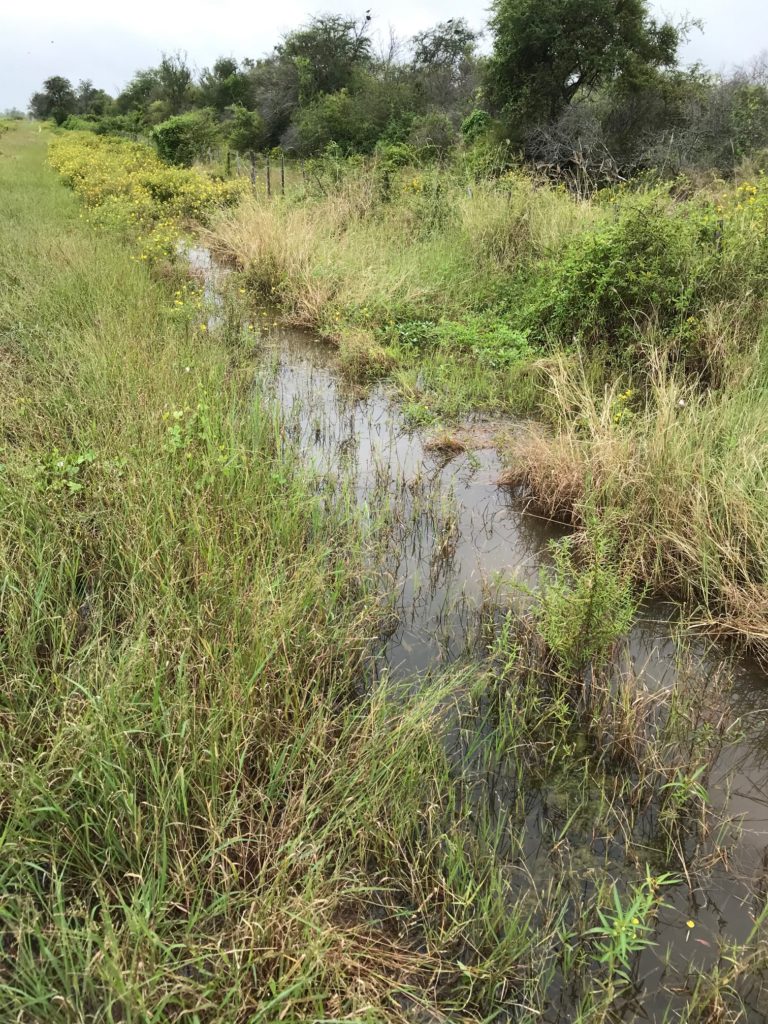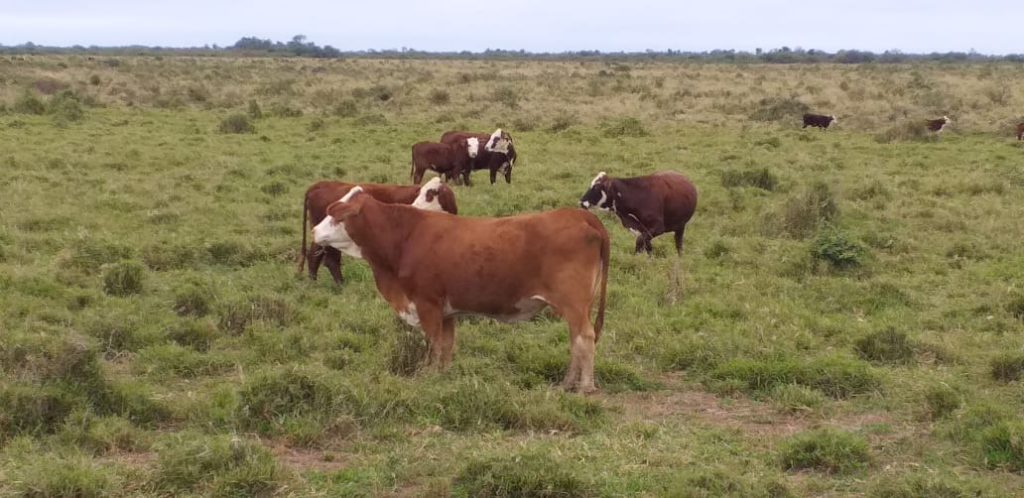Situation/weather: The farm is slowly recovering after the torrential rains registered earlier in February. The water is very slow to evacuate as the problem was emphasised by the illegal internal protection walls build by some farmers upper the river which affected and changed water course. By end of June, we will start with the support of local authorities to clean and drain the river El Dorado as well as to build some protective dyke around the perimeter, approved by the water regulation authority.


Cattle operation (2,900 heads): The gauchos have transferred the cattle of flooded sections to dry area close to the corral in order to prevent sanitary issues (hoof disease, tick) and cattle losses (weight loss, injury, etc). Transfer of Cattle video
Particular attention was paid to the move of baby calves to avoid losses are they are the most sensitive category given their morphology. Soon, we will also perform with the assistance of our vet team, pregnancy test of cows which were earlier in service.

We are also in the process of delivering 240 calves that we sold as opportunities arise for the strong domestic market and export. After America’s meat-processing woes opened up a window for importers, Argentina shipped 1,290 metric tons to the United States in April. A year ago, US importers bought only 2 tons. April is the same month that outbreaks of Covid-19 among US meatpacking workers triggered a wave of shutdowns that tightened local supply and sent prices rocketing. Argentine beef exports had already begun to pick up under President Mauricio Macri, who left office in December. Macri negotiated access to the US market, which re-opened to Argentina in late 2018, ending a ban that began in 2001 after an outbreak of foot-and-mouth disease.

Even under President Alberto Fernández, who prefers intervention over Macri’s free-market approach, Argentine beef export boom seems set to continue. Uruguay also benefited from shortages in the US.
